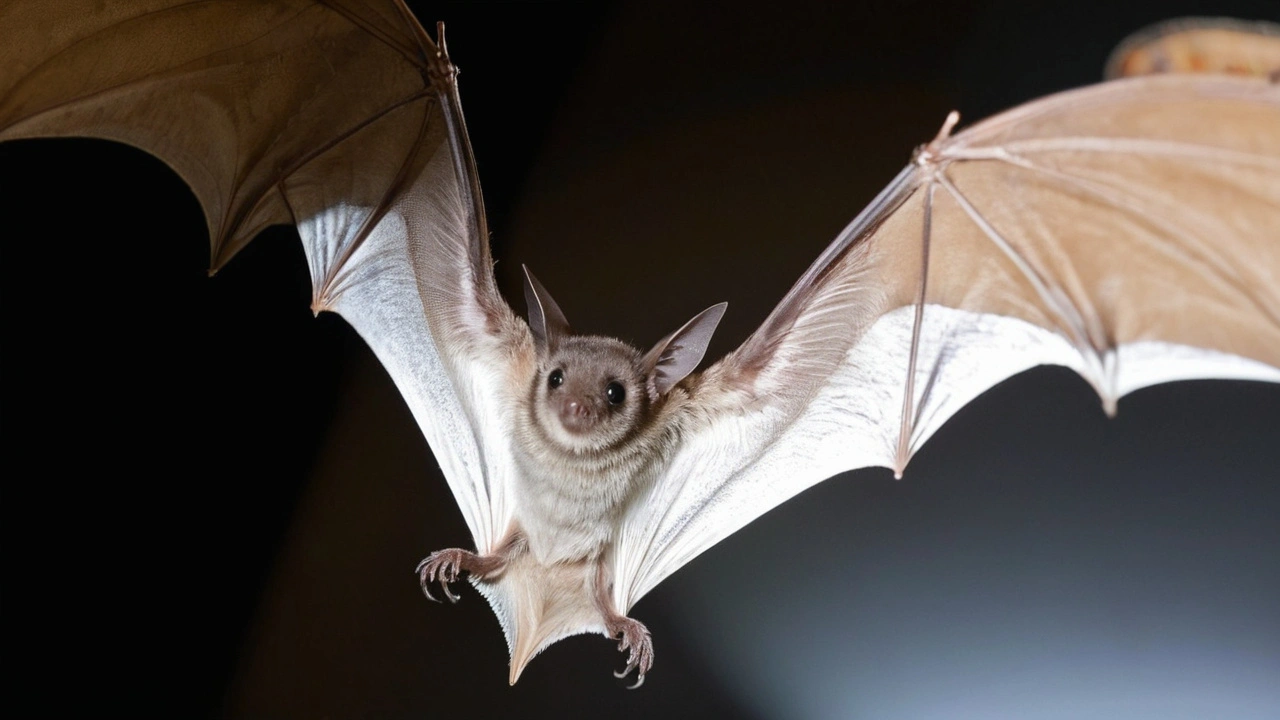Think about nighttime in Africa—it’s not just the big predators that are busy. Bats are out in force, and they're more important than people realize. Across Africa, there are over 350 bat species, making up nearly a quarter of all mammal species on the continent. These animals aren’t just background noise—they’re pollinators, pest controllers, and seed spreaders. Without bats, crop yields could drop and insect populations could go wild.
Bats take on jobs nobody else does. Fruit bats, for example, help forests by scattering seeds over huge distances, while smaller insectivorous bats eat thousands of mosquitoes and crop pests every night. Farmers rely on them, even if they don't always see them—some studies estimate bats save African agriculture millions by keeping pest numbers down without pesticides.
But bats aren’t just facing smooth skies. Habitat loss bites hard: forests are cut, caves are disturbed, and urban sprawl takes away safe places for bats to rest or raise their young. In some regions, bats get hunted for bushmeat or are targeted out of fear during disease outbreaks—remember the Ebola crisis, when communities tried to wipe out bat colonies based on rumors, not science?
Not all threats are so direct. Simple acts—like pesticides sprayed in sugarcane fields or fires clearing savanna—chip away at the food bats need. Even climate change is shaking up the timing of fruiting and insect swarms, which confuses bats' feeding habits and migration. The domino effect is real. Fewer bats mean more pests and less pollination, which hurts both wild habitats and farmers’ fields.
What’s being done? Conservation is not just about putting up nets or closing caves. On some game farms, landowners are teaming up with researchers to track bat numbers, protect roosts, and even install bat houses. New tech like acoustic sensors makes it easier to map bat activity without catching them. Local communities also play a role—when people understand how bats help with crops or disease control, they're more likely to want them around.
The good news? African bat populations can bounce back fast if given a shot. If land is protected and safe roosts are kept intact, most bat species can repopulate an area in just a few years. It’s a race against time, but with better awareness and smarter land management, game farms and wild reserves could become safe havens for bats—and by extension, a wider range of African wildlife.
Want to stay in the loop about bats and other game farm news? African Game Farms Daily News brings updates straight from the field, so you never miss a beat on what matters for Africa’s unique and bustling wildlife.

White-Nose Syndrome has severely impacted bat populations in New Jersey, with once thriving colonies now facing decimation. This fungal disease disrupts hibernation, leading to early death. Conservationists and researchers are working tirelessly to monitor and manage the disease, using methods like UV light to track its progression.
Read More >>